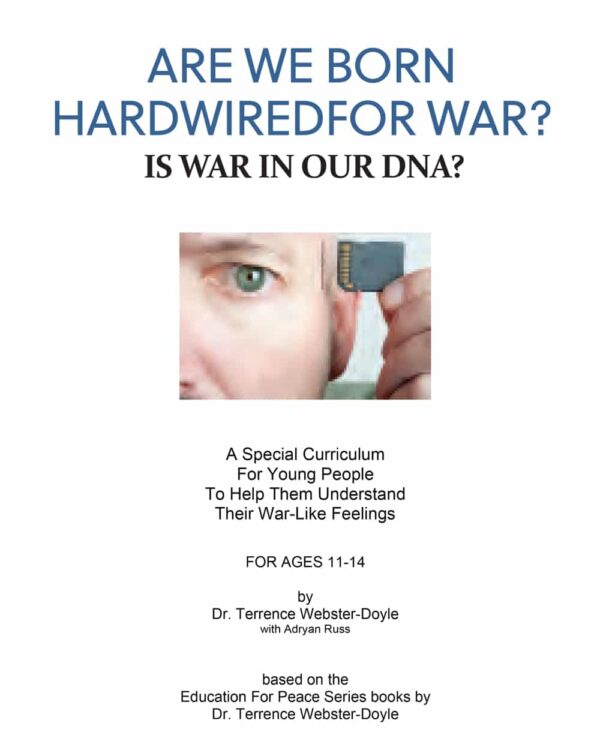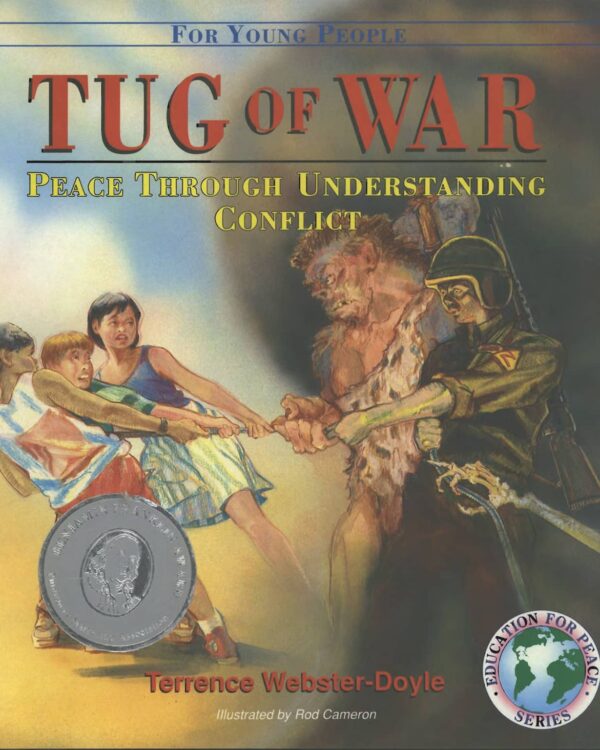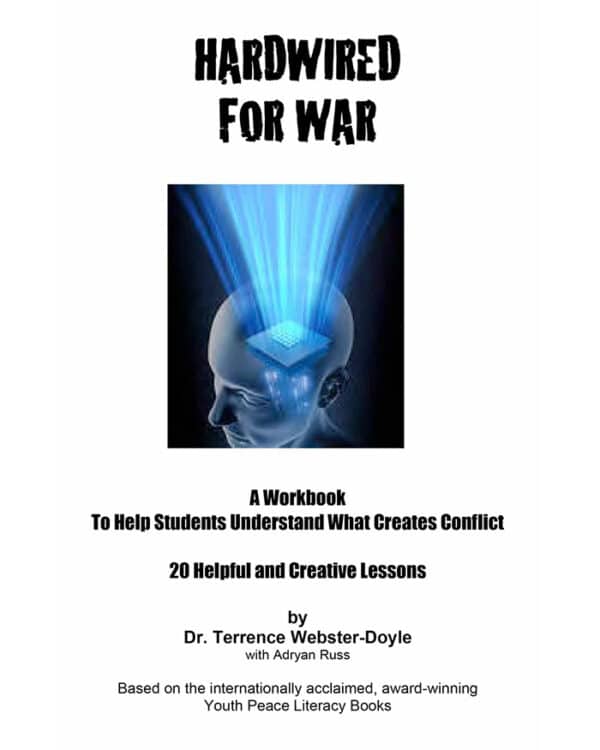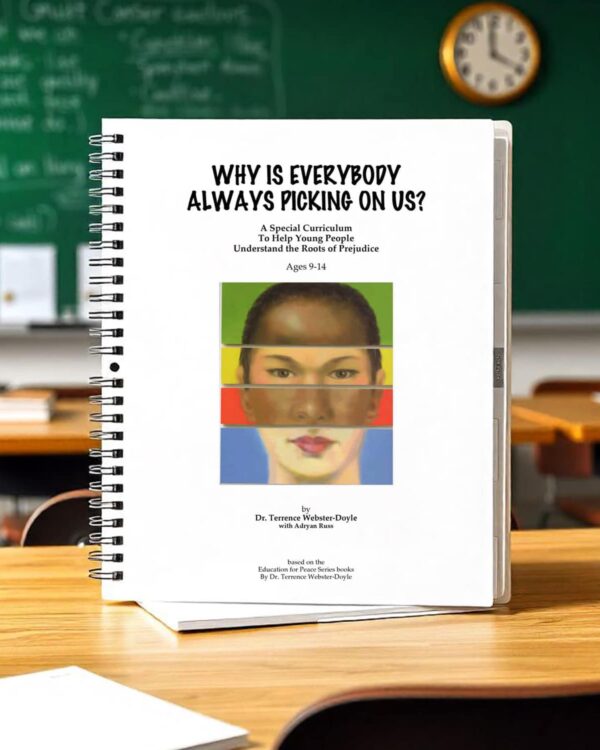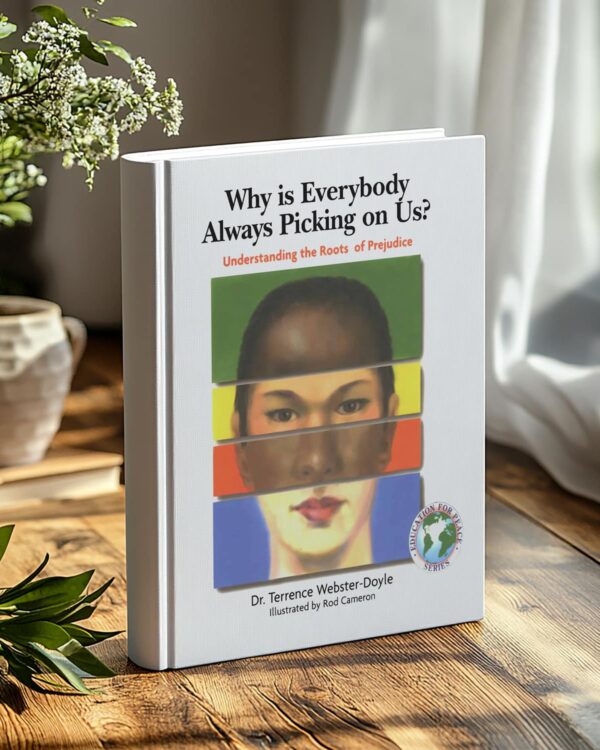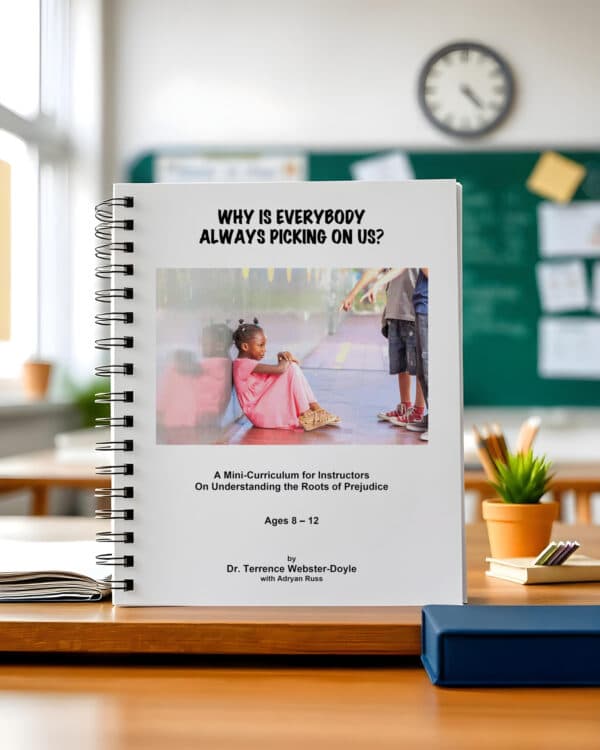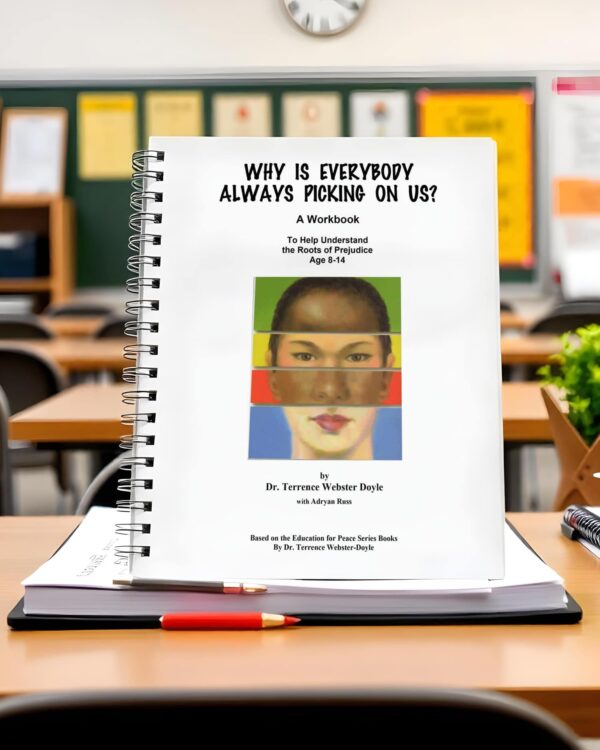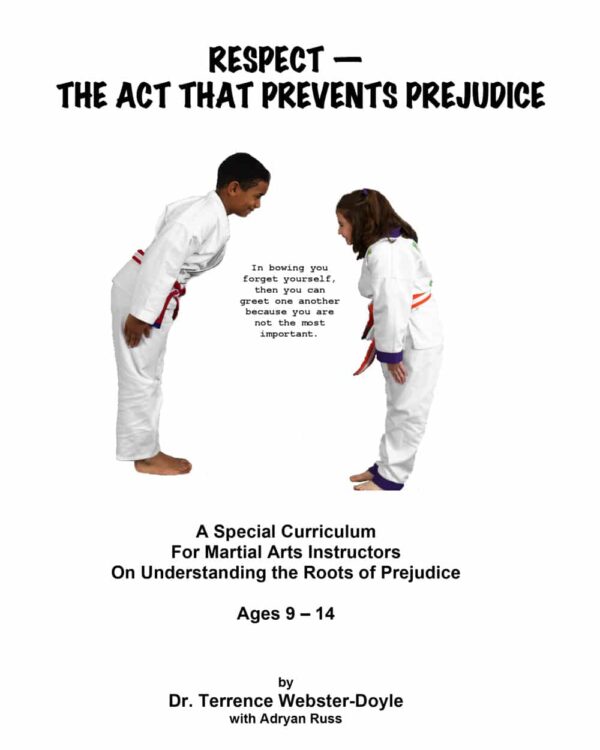What is BioCognetics?
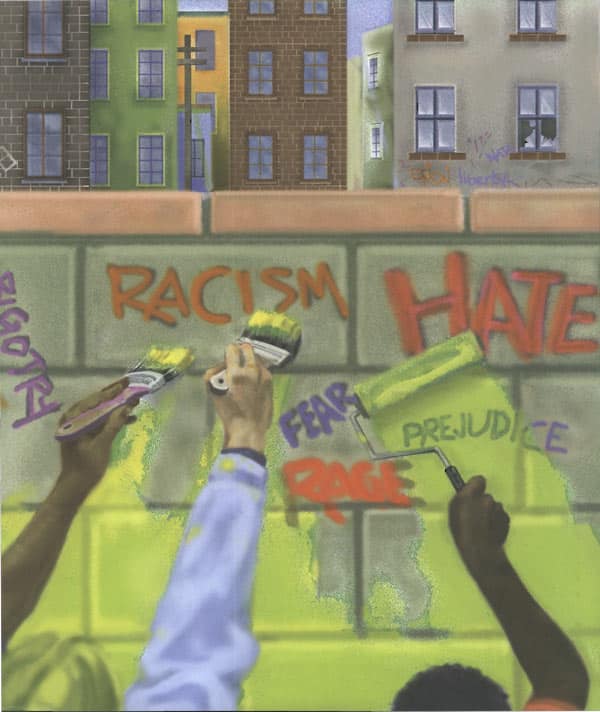
Understanding the source of human conflict emanating from the primitive biological brain.
In 1927 quantum physicist Werner Heisenberg states he had a shocking but clear realization about the limits of physical knowledge: the act of observing altars the reality being observed. He called this the “observer effect.”
What creates this conflict? What is its origin? Is it possible that we are genetically hardwired for war? Is this what prevents peace?
Can we educate young people to be free of this hardwired innate instinct emanating from the primitive biological brain?
“Most honest combat vets will tell you, perhaps not eloquently but in their own way, the same thing: essentially that combat is in our human DNA and demands to be exercised…. The question is, can we humans evolve peacefully, or will we succumb to instincts we can’t transcend?”
Former Marine Corp helicopter pilot in Vietnam
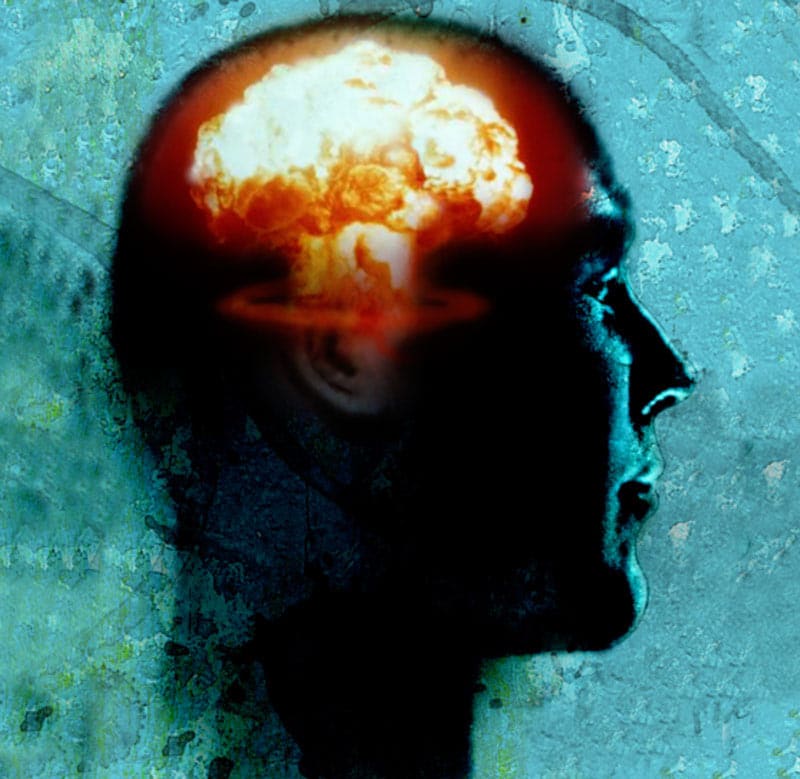
How does BioCognetics address conflict that creates war?
Our preliminary inquiries into the cause of human conflict through our work with Liberian children of war for over seven years. It revealed at first that these young combatants’ brains had been psychologically conditioned to fight people they were told were their enemies because of years of political and economic propaganda, but later as our work progressed we discovered that there was a far deeper biologically primitive impulse inbuilt into their brains, and hence in all human brains, that was the root cause of conflict.
In other words, the biological brain was the source of conflict. It was what creates the divisive psychological conditioning. This biological instinctual drive has been rooted for eons in the primitive human brain being hardwired for war as a genetically programmed survival instinct –that combat is in our DNA and demands to be exercised.
But it is misguided and hence it is therefore preventing survival. The extreme outcome of this genetically erroneous hardwired compulsion to war can be called “genetic genocide.”
Interested? Keep Learning
-
Are We Born Hardwired for War? Curriculum
Download Now$10.00 -
Tug of War: Peace through Understanding Conflict
Download Now$10.00 -
Operation Warhawks: How Young People Become Warriors
Download Now$10.00 -
Are We Born Hardwired for War? Mini Curriculum
Download Now$10.00 -
Are We Born Hardwired for War? Workbook
Download Now$10.00 -
Are We Born Hardwired for War? Book
Download Now$10.00
What is the foundation and process of this program?
Step 1: Expand awareness of the nature, structure and implications of conditioned prejudicial thinking that leads to human conflict at all levels.
Step 2: Develop awareness of conditioned thinking beyond its psychological make up to include a holistic insight into the involuntary, automatic, three–stage, reactive configuration of conditioning in the mechanical disorganization of the human brain that produces an internal environment of discord.
Step 3: Understand the urgent need to bring this concern to the forefront of education as an essential subject matter in teaching young people to understand and peacefully resolve conflict created by conditioned, prejudicial thinking.
Step 4: Create appropriate educational resources and training for teachers to teach about the cause and effect of conditioned thinking.
*Cognitive-Emotive-Bio-reactive Conditioning: The Domino Effect of Fear
Whether with an individual or within a group, conflict begins identically with conditioned pre-judgments. An unexamined thought initiates a domino effect of fearful emotions, which in turn trigger the biological fight-or-flight system. Although this may be necessary when there is real danger, it is inappropriate when prompted by an unverified, imagined threat. This cognitive, emotive, bio-reactive coupling produces a powerful psychosomatic reaction of conflict internally and externally. In BioCognetics this situation is called a “CEB” or a “Cognitive–Emotive–Bio-reactive.”
The term CEB encompasses the whole of prejudicial conditioning, not just the cognitive or mental process initiating this domino effect of the three-stage process. As one becomes conscious of this process, one has the possibility to avoid conflict at the primary prevention level. In other words, by recognizing the underlying structure at this fundamental level, one can prevent detrimental conflict from happening as it occurs, and therefore be free from having to react out of it. But this awareness is based on the assumption that the innate bio-reactive, holding pattern of this part of the brain can be properly attended to.
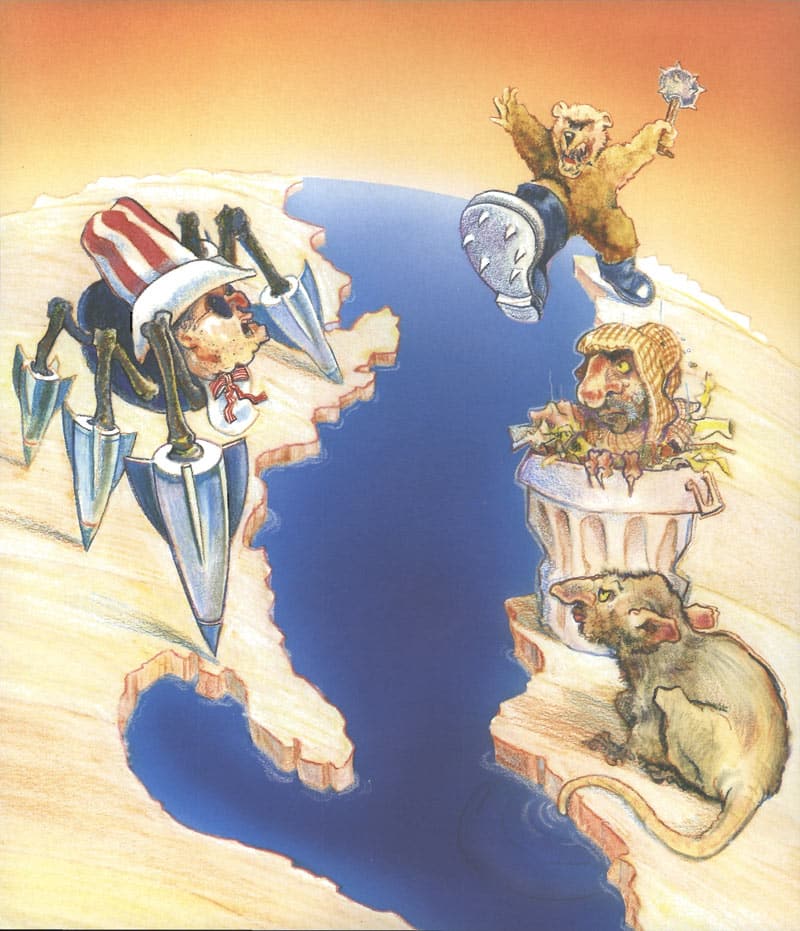
Dispelling Cognitive Distortions: Thoughts Based on False Information
When an event occurs that disturbs us, automatic thoughts enter our brain so fast and so mechanically that we don’t notice them. And if we don’t notice them, we certainly won’t question them. Still, they affect our attitude, our mood, our body and our ability to function clearly. These thoughts, based on either false information or a misperception of reality, are often referred to as “cognitive distortions.”
When a conditioned thought/emotion triggers one of these distortions, it typically stimulates the bio-reactive survival system in the instinctive deep-rooted primitive brain. This situation occurs when we can’t see through the falsehood, and the primeval brain reacts to the image as if it were real. But if we can counteract this with an Empirical proprioceptive viewpoint, we can see how a conditioned, prejudicial image, say, of a bully, can jump in and tell untruths to us about a need to protect ourselves.
However, the problem occurs when we can’t see through the falsehood and this instinctive deep rooted primitive brain is reacting to it as if it were true. Whether in bullying situations or regular daily life, recurring cognitive distortions cause us unnecessary conflict. Even when the outer stimulus of a bully, for example, is removed, this triggering process can get internalized. In BioCognetics this is called “looping” or “biocognosis,” as the stimulus of bio-reactive fear spins around and around constantly sending messages of a “threat” to the cognitive and emotive parts of the system, when, in fact, there is none.
Interested? Keep Learning
-
Why is Everybody Always Picking on Us? Curriculum
Download Now$10.00 -
Why is Everybody Always Picking on Us? Book
Download Now$10.00 -
Why is Everybody Always Picking on Us? Mini Curriculum
Download Now$10.00 -
Why is Everybody Always Picking on Us? Workbook
Download Now$10.00 -
Respect: the Act that Prevents Prejudice Curriculum
Download Now$10.00
Fight or Flight System: Triggered by an Imaginary Threat
It is most significant to see that this biological flight or flight system in the primitive brain can be triggered inappropriately by an image of a threat when the actual threat is not there. This part of the brain cannot differentiate between an actual threat and a supposed one. Behind the psycho/emotive conditioning, this deeper biological “bio-reactive” conditioning holds or locks the initial psychological image of a threat in place. No amount of rationalization can reach that deeper place.
We have to get to it by giving the deeper, biological/bio-reactive primitive brain what it wants – to feel confident that this more ancient part of the brain system can deal with the threat by preparing the body to defend itself. This part of the brain only “knows” that there is a “threat” created by an image and to it, it is “real.”
BioCognetics and Youth-At-Risk
This is very evident in young people we call youth-at-risk, including children of war, who have been continuously abused and therefore perceive the world as a continuous threat, even though they may be in a non-threatening situation. In other words, the biological fight or flight system—the bio-reactive part of the primitive brain survival system— is stuck in the “on” position.
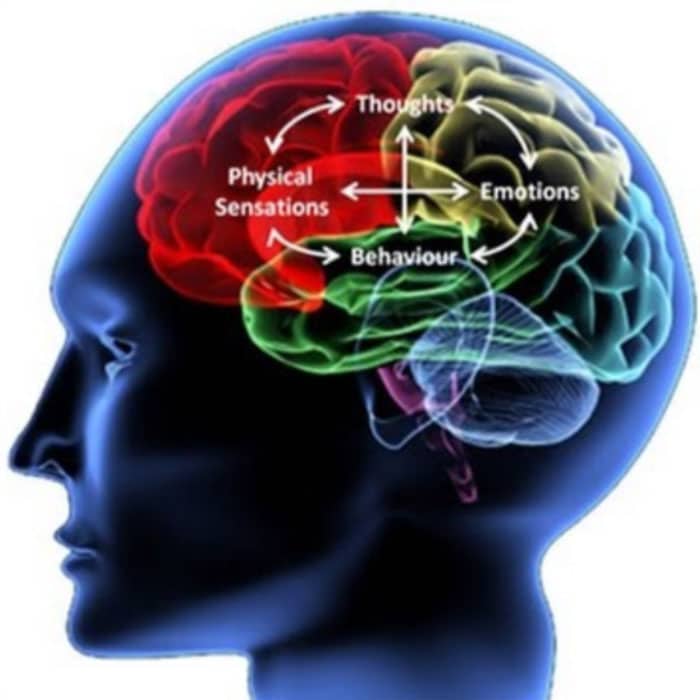
Disrupting the BioCognetic Looping Reflex Pattern
To disrupt this biocognetic looping reflex pattern, young people are taken into a safe, controlled environment where they are taught the MAP S.T.A.R.S. ™ set of self-defense techniques. This purposely triggers the flight or fight mechanism while simultaneously instilling the confidence to be able to “fight”.
All the old brain really desires is to feel able to protect itself from harm, whether real or imaginary. Remarkably, even a little physical training goes a long way.
This process has worked especially well with youth-at-risk as a therapeutic process, although it is applicable to everyone, whether they have been a victim of serious bullying or not. As the participants integrate their newfound insights with the newly acquired physical ability to handle hostile situations, prejudicial, conditioned ideas of imagined enemies fade and automatic triggers are put into a state of abeyance.
Psychosomatic Homeopathy
In the same way that homeopathy works through a system of “like curing like,” developing this specialized set of humane self-defense skills cures the need to use those skills. The primitive brain acknowledges them with confidence, and relaxes.
As one becomes conscious of this newfound insight into prejudicial, conditioned patterns of thinking, feeling and acting, one becomes aware of the potential to be creative in each fresh, new moment.
Thus, BioCognetics brings an enhanced proprioception both physically and mentally to the very foundation of conflict. Through role- playing, developing cognitive awareness and expanding their insight into conditioned, prejudicial thinking, young people thrive in this environment of non-violent alternatives for resolving conflict.
Proprioceptive Learning – Non-Accumulative Observation
The innate human faculty that can rectify conditioned thinking is called proprioceptive learning, also called Empirical insight. It is non-accumulative learning as opposed to knowledge, which is accumulative learning, the gathering and analysis of information to arrive at a certain intellectual theory or conclusion.
Proprioceptive learning is the ongoing state of non-accumulative observation that sees the conditioned thinking as it is without judgment or trying to change it, and in that moment of nonjudgmental observation realizes the danger of it and does not act on it, thus freeing the mind from its habitual conditioned divisive state of reaction.
Proprioceptive learning is an innate potential for psychological self-correction. This faculty is self-operating in that it sees what is unhealthy in the thinking process and in the moment of intelligent awareness it nullifies the effect of the conditioned thinking, thus making it ineffective. One doesn’t need to do anything, for proprioceptive learning is self-corrective in and of itself. But in order for proprioceptive learning to come into effect, the education of the young person has to address the nature and structure of conditioned thinking that is preventing this capacity from performing its innate capacity.
As Quantum Physicist Dr. David Bohm states, “We could say that practically all the problems of the human race are due to the fact that thought is not proprioceptive. Thought is constantly creating problems and then trying to solve them. But as it tries to solve them, it gets worse because it doesn’t notice that it’s creating them, and the more it thinks, the more problems it creates – because it’s not proprioceptive of what it’s doing.”
“One gives close attention to all that is happening in conjunction with the actual activity of thought, which is the underlying source of the general disorder. One does this without choice, without criticism, without acceptance or rejection of what is going on. And all of this takes place along with reflections on the meaning of what one is learning about the activity of thought.”
